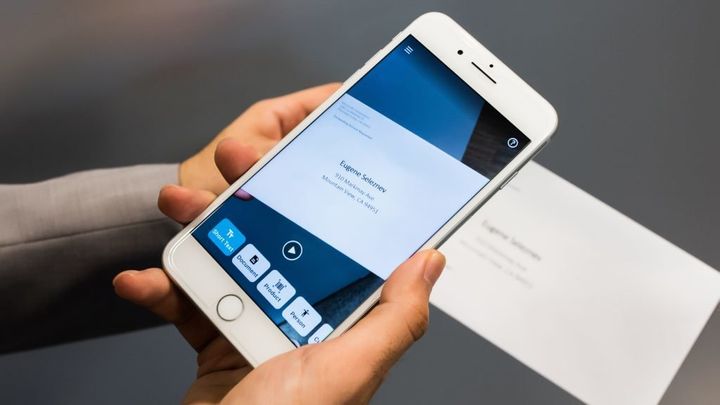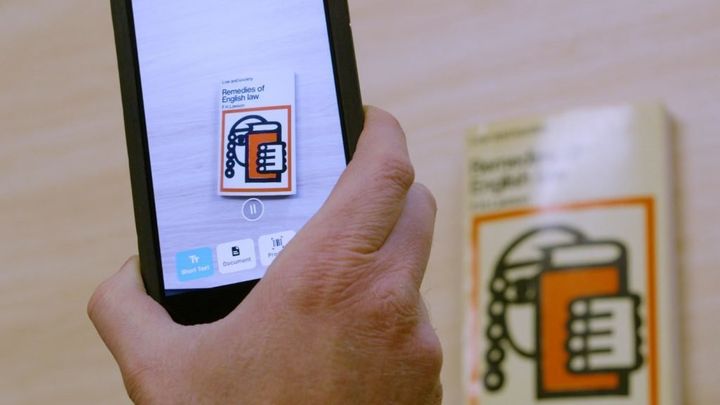Microsoft has unveiled a major update for its Seeing AI app which helps the blind and low vision community by narrating the world around them.
By using the smartphone’s camera the app is able to recognise a staggering amount of information and more importantly, actually understand the context within which it’s being used.

New features now include colour recognition for when you’re trying to get ready in the morning and don’t know what to wear.
A musical light notification plays an audible sound when the camera detects a light source. This can make a huge difference if you’re trying to swap out a lightbulb and don’t fancy burning your hands or for checking whether your battery pack is actually working.
The document reader intelligently captures any text it can see. It can then provide a full voiceover along with synchronised word highlighting. Text size can also be drastically increased as well.

One of the most powerful new features however is handwriting recognition which means that it can understand birthday cards, personal notes or shopping lists.
Last but by no means least is currency recognition in US dollars, Canadian dollars, British pounds and Euros.
Having heard from users about how the app has changed their day-to-day lives a member of the team described the experience as “more than humbling”.
One of those users is university lecturer Cameron Roles who wrote about how the app had improved his life.
“If my children hand me a note from school or if I pick up a book, I can use Seeing AI to quickly capture that text and just give me a very brief instant overview of what’s on the document,” said Roles
“Technology can be such an enabler of good and such an enabler for people to shrink the world, for the world to come closer together, and for people to be able to achieve so much more than they ever could without it,”
Speaking to HuffPost UK about the role technology can play in helping the blind or partially sighted Robin Spinks, Innovation and Technology Relationships Manager at RNIB, said: “Artificial intelligence, computer vision, and human language technologies offer a revolution in access for blind and partially sighted people.
“Orientation and placement are critical factors for successful deployment of computer vision. You’ll do well if you can see where to direct the camera, but the real trick is for the camera to self-direct enabling a person with no useful sight to benefit equally.
“RNIB is working with blue chip companies around the world to leverage the potential of these technologies, and we warmly welcome the recent updates to Microsoft’s Seeing AI.”
The app is available to download for free on the App Store for iPhone, iPod and iPad.
